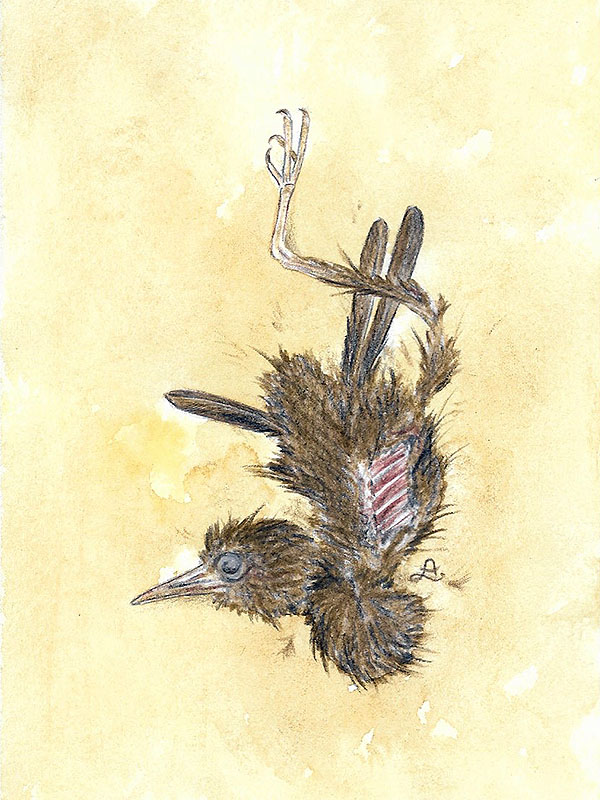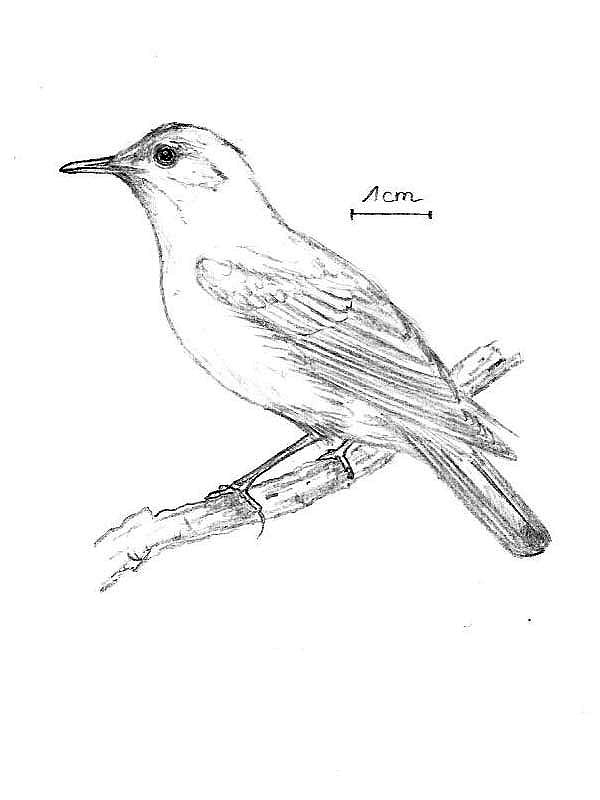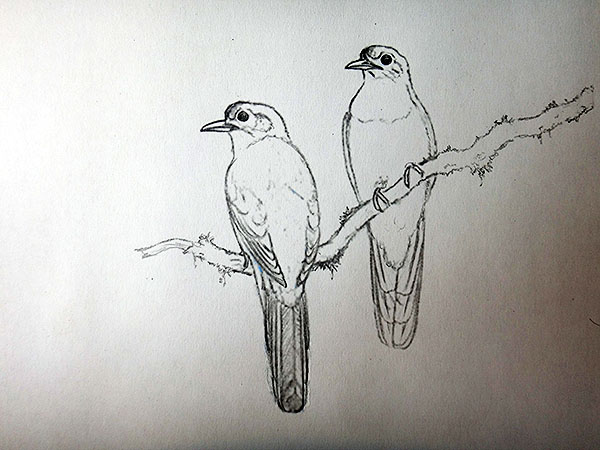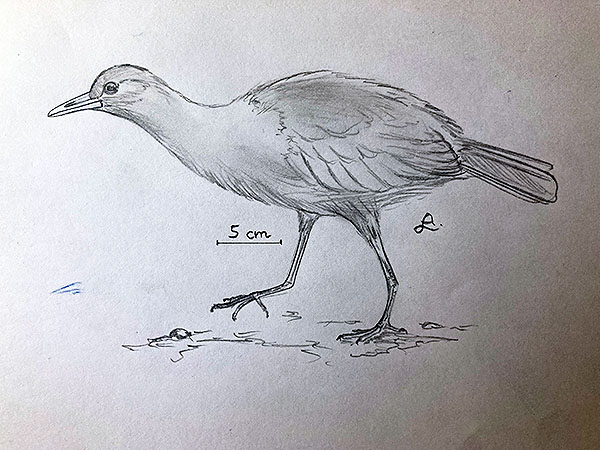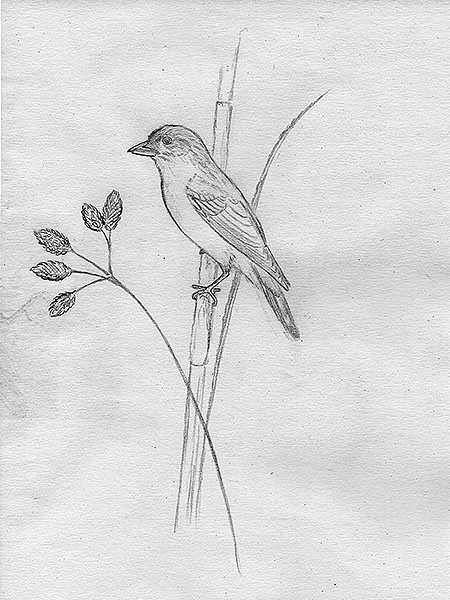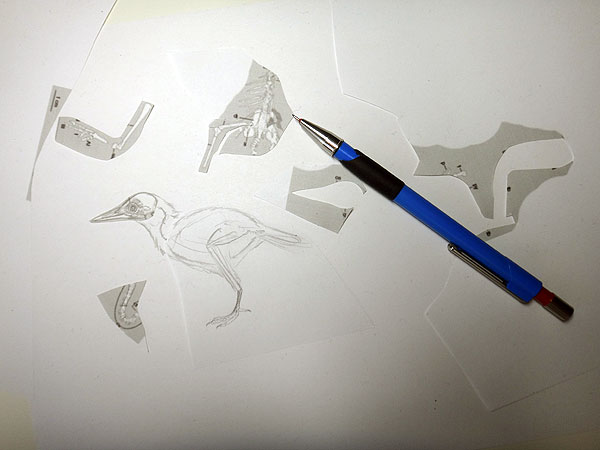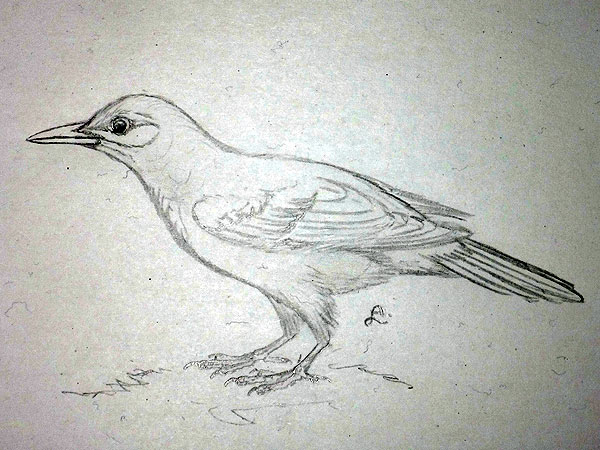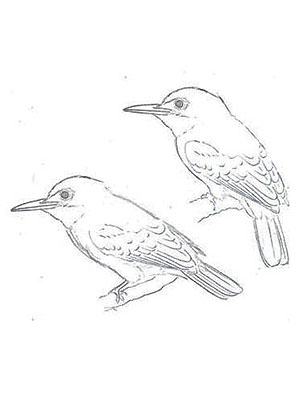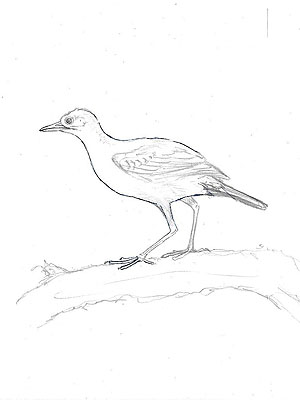Hinter diesen beiden Buchstaben- und Nummernfolgen verbergen sich zwei winzige Knochenbruchstücke, die aus dem frühen Eozän Australiens stammen und von den ältesten bislang bekannten echten Singvögeln stammen.
QM F20688 ist ein Fragment des proximalen Teils eines Carpometacarpus eines mittelgroßen -, QM F24685 wiederum ein Fragment des distalen Teils eines Tibiotarsus eines sehr kleinen Vogels.
Beide Knochenfragmente stammen wohl tatsächlich von echten Singvögeln, die, wie man mittlerweile weiß, in der australischen Region entstanden sind und sich von dort über die gesamte Welt ausgebreitet haben; im frühen Eozän mögen dies Verwandte oder Vertreter der so genannten Basalen Oscines gewesen sein, einer Gruppe von Singvögeln, die sich zu jener Zeit von den Passerines abspaltete und auch heute noch existiert aber ausschließlich in der australischen Region verbreitet ist.
*********************
Referenzen:
[1] Walter E. Boles: The world’s oldest songbird. Nature 374: 21-22. 1995
[2] Walter E. Boles: Fossil Songbirds (Passeriformes) from the Early Eocene of Australia. Emu 97(1): 43-50. 1997
[3] Alexandre Pedro Selvatti; Luiz Pedreira Gonzaga; Claudia Augusta de Moraes Russo: A Paleogene origin for crown passerines and the diversification of the Oscines in the New World. Molecular Phylogenetics and Evolution 88: 1-5. 2015
*********************
bearbeitet: 19.03.2023

